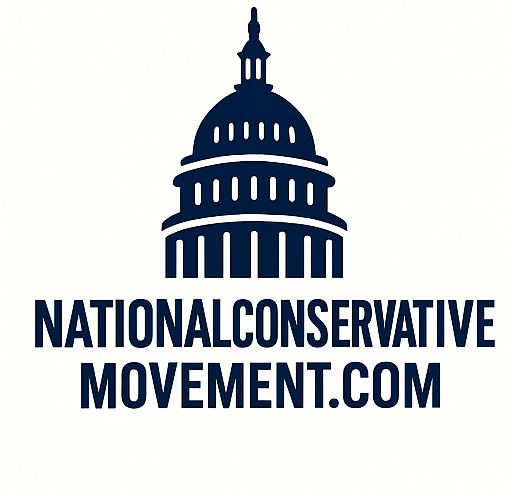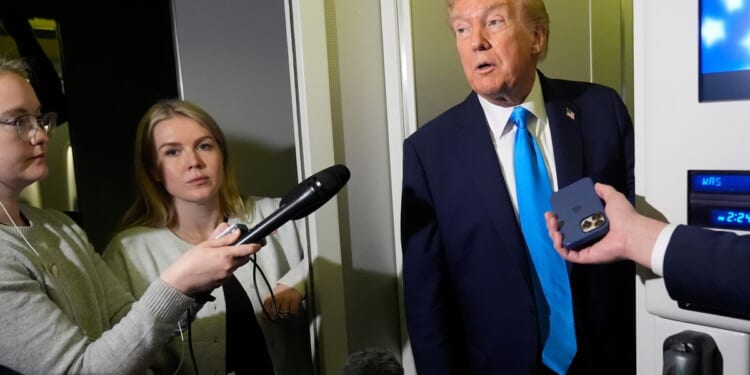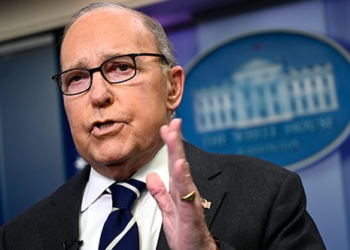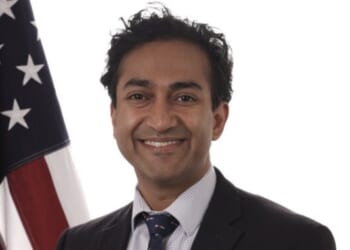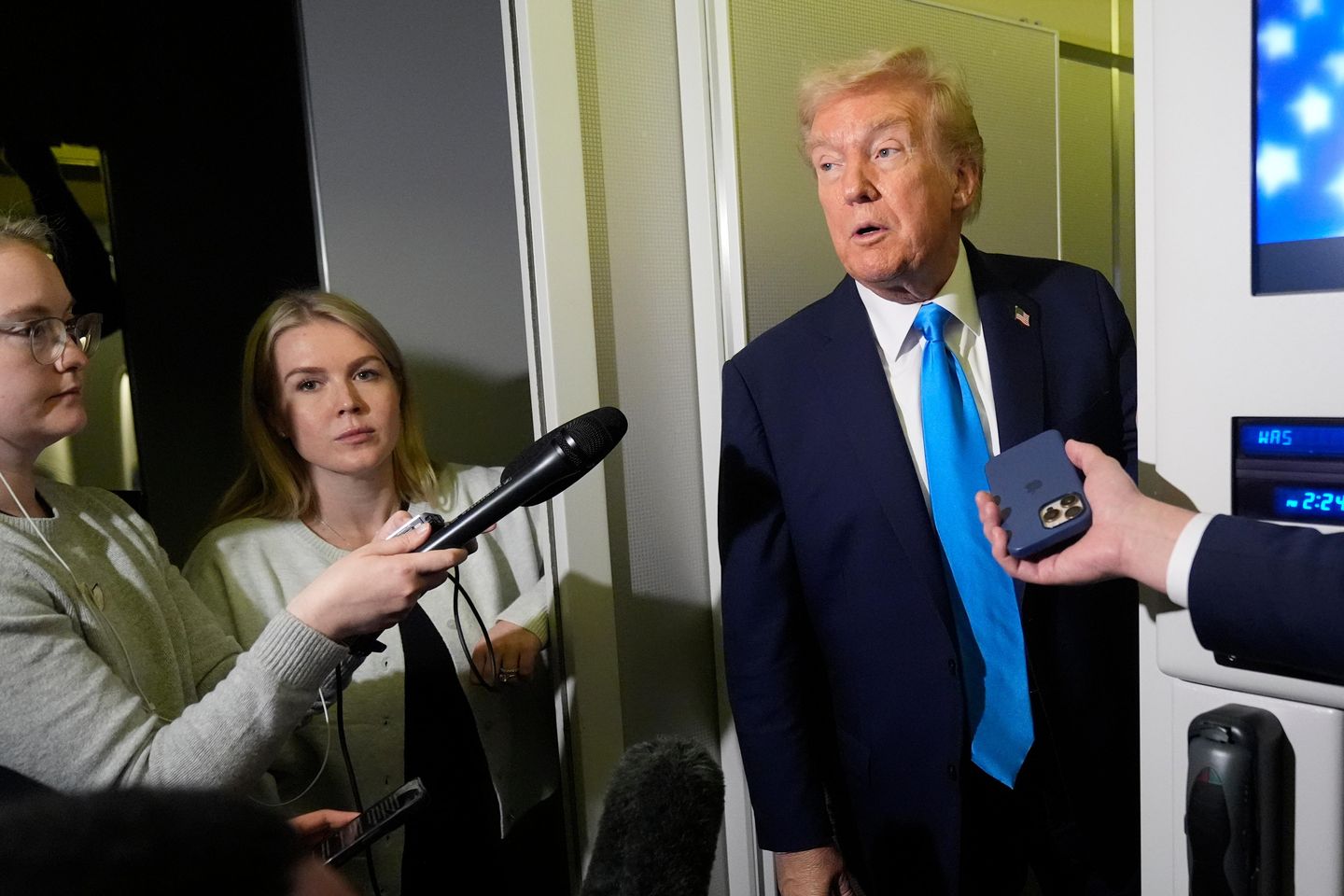
The White House is limiting access to the Upper Press offices, where the press secretary and other members of the White House communications staff sit and media members go up to ask questions.
Upper Press is near the Oval Office.
A memo sent out from the White House said the press would no longer be allowed to freely go upstairs to speak with press secretary Karoline Leavitt, Steven Cheung and others on the communications team without an appointment.
The memo pointed to “recent structural changes to the National Security Council” and that the White House is now responsible for “directing all communications, including on all national security matters.
In this capacity, members of the White House Communications Staff are routinely engaging with sensitive material.
“In order to protect such material, and maintain coordination between National Security Council Staff and White House Communications Staff, members of the press are no longer permitted to access Room 140 without prior approval in the form of an appointment with an authorized White House Staff Member.”
Mr. Cheung alleged in an X post that reporters “have been caught secretly recording video and audio of our offices, along with pictures of sensitive info, without permission.
“Some reporters have wandered into restricted areas (our offices are feet away from the Oval Office). Some reporters have been caught eavesdropping on private, closed-door meetings. Cabinet Secretaries routinely come into our office for private meetings, only to be ambushed by reporters waiting outside our doors.”
He said reporters still have access to Lower Press.
Anna Kelly, the White House deputy press secretary, alleged that reporters were caught with their ear to Ms. Leavitt’s door “while she was having sensitive conversations with Cabinet members.”
“We’ve had to chase reporters down who started strolling into restricted areas towards the Oval,” she wrote. “Total absence of boundaries.”
Neither Mr. Cheung nor Ms. Kelly gave evidence that these events occurred or provided names of reporters caught doing this.
This move is similar to that of the Clinton administration, but other presidents let reporters visit Upper Press pretty freely.
The White House Correspondents Association decried this week’s decision, saying the “new restrictions hinder the press corps’ ability to question officials, ensure transparency and hold the government accountable, to the detriment of the American public.”
This comes after the Defense Department redefined what press access means for journalists covering the Pentagon. Most have turned in their media access badges rather than sign the new restrictive rules.
The new rules limit where reporters can go in the Pentagon and whom they can talk to.
The White House has also taken over the press pool, once controlled by the WHCA, and changed which outlets can travel with the president. Some outlets, like The Associated Press and The Wall Street Journal, were not even allowed in the pool over information they included in stories.
